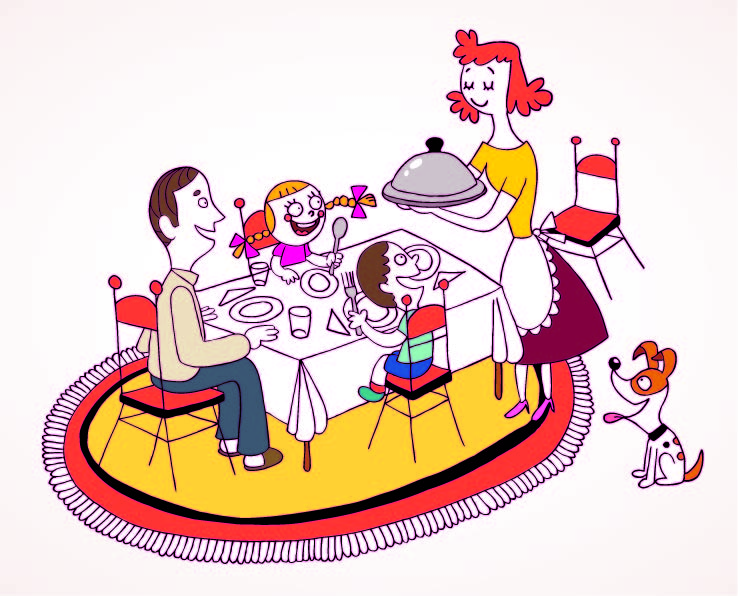Mother's Day Traditions

Do you know the origin of Mother’s Day?
Here in Australia, we celebrate it on the second Sunday of May, each year. On this day, children give their mother a card and a gift to show their love.
In days past, many children gave handmade gifts created at school, or bought from school stalls. Emphasis was on the giving, and items were simple and inexpensive. Cards were handmade. , commercialism has crept into the occasion, with retail stores encouraging bigger and better presents every year. A plethora of cards, some loving and sentimental and other being humorous, are in every store.
Most families gather and share a special meal at home to celebrate Mothers’ Day. Although, with many women in the workforce, dining out is an attractive option for families.
Enjoying a meal together, no doubt, reminds us of when we were younger and all at home with our parents, able to share every meal. With many families struggling to meet as a unit and eat together, making an effort to do so at this time reinforces how the family loves its mother.

Countries around the world have been celebrating the day in one form or another for many years. For some, it started as a religious festival for Mother Church. Other countries specifically started the practice as a tribute to Motherhood, and mothers in general.
At the start of the 20th century, a woman called Ann Reeves Jarvis started the practice in the United States to honour the sacrifices her own Mother had made for her. She started the movement to honour one’s mother, yet later came to be annoyed and disappointed at how commercial the day quickly became. The position of the apostrophe shows the intention was to devote the day to one’s own Mother, not mothers, plural.
In Australia, the practice started in the 1930s in Sydney and spread across the nation Unlike the US, Australia generally refers to Mother’s Day but does celebrate it as a day for all Mothers and motherhood generally.
The United Kingdom calls it “Mothering Sunday”, based on a practice in the 16th Century to allow children to go home and honour the Virgin Mary at their Mother Church. It has evolved into a day to honour mothers.
The carnation has been regarded as the traditional flower for Mother’s day in Japan. Due to seasonal conditions, in Australia, chrysanthemums have always been popular. And the rose, of course, has always been the epitome of love and therefore is included in so many bouquets at this time. White flowers have always been set aside for Mother’s Day.
Regardless of its origin, the day is set aside to make mothers feel special and loved, and to know that their sacrifices are appreciated by their family. It is another example of how love unites families all over the world.

Leave a comment